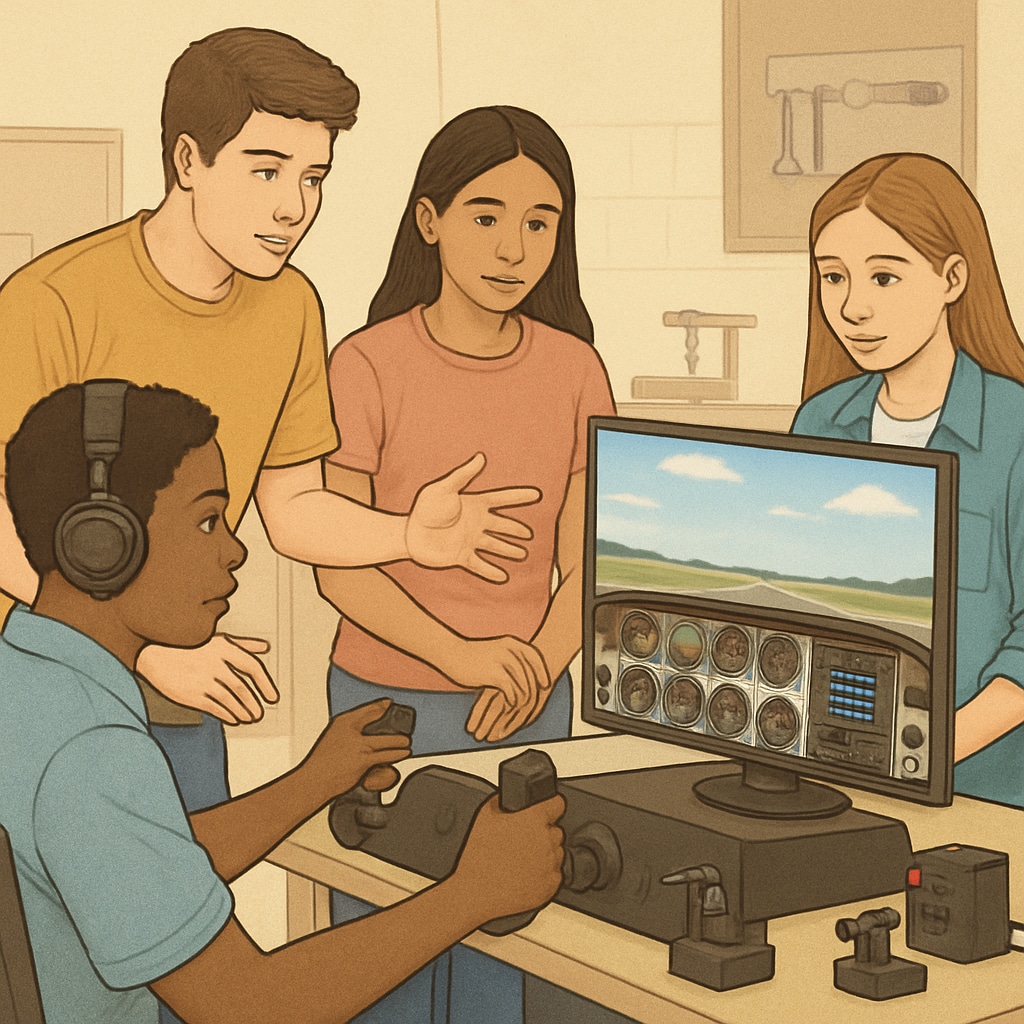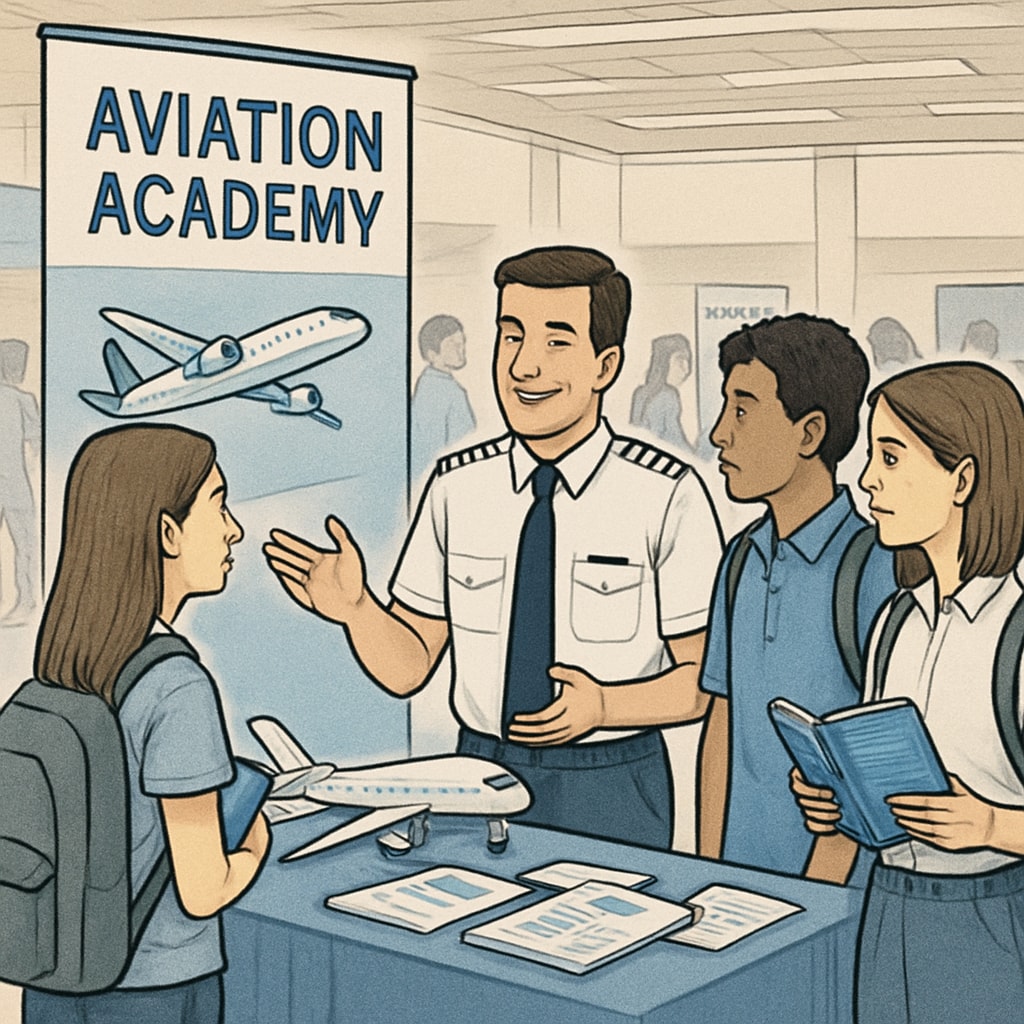Pursuing a Commercial Pilot License (CPL) requires significant dedication, training, and funding, which can be daunting for young aspiring pilots. However, the journey toward a career in aviation can begin as early as the K12 education stage, where foundational interests and skills are cultivated. By integrating aviation-related education into school curricula and providing resourceful pathways, schools can empower students to chase their dreams of flight while addressing the challenges of funding and accessibility.
Inspiring Aviation Ambitions in Young Minds
Introducing aviation concepts during K12 education can ignite curiosity and passion for flight. For example, schools can incorporate STEM (Science, Technology, Engineering, and Mathematics) programs with an aviation focus to teach principles like aerodynamics, navigation, and meteorology. Extracurricular activities, such as model aircraft clubs or flight simulators, can offer students hands-on learning experiences. These initiatives not only provide technical knowledge but also spark excitement about aviation as a viable career path.

Building Pathways to CPL Training
To ensure students can eventually pursue CPL training, schools and educational institutions should establish clear pathways. Partnerships with flight schools, aviation academies, and industry leaders can create mentorship opportunities and scholarships. Moreover, offering career counseling focused on aviation can help students understand the steps required to become a licensed pilot, including earning a Private Pilot License (PPL) before advancing to CPL.
In addition, schools can host aviation career fairs or invite guest speakers from the industry to share their experiences. These events can inspire students and provide firsthand insights into the challenges and rewards of becoming a pilot. Such initiatives not only prepare students academically but also mentally for the rigorous demands of flight training.

Addressing Funding Challenges for CPL Training
One of the most significant barriers to becoming a pilot is the cost of CPL training, which can range from tens to hundreds of thousands of dollars. Schools and communities can play a pivotal role in helping students overcome this hurdle by connecting them with financial resources. For example:
- Partnering with aviation organizations to offer scholarships and grants specifically for flight training.
- Encouraging students to participate in fundraising programs or competitions related to aviation education.
- Providing access to government-sponsored funding programs or loan options designed for pilot training.
In addition, schools can educate students and families about the long-term financial benefits of a pilot career, helping them view the upfront investment as worthwhile. Organizations like the Aircraft Owners and Pilots Association and Experimental Aircraft Association offer resources that aspiring pilots can use to make informed decisions about funding their CPL journey.
The Role of Community Support in Aviation Education
Community involvement is essential in fostering future pilots. Local businesses, aviation enthusiasts, and educational foundations can collaborate to create a supportive environment for young aviators. For example, a community flight school could offer discounted training rates for students, or a local airport might host open days to educate young learners about aviation careers. These initiatives not only reduce financial barriers but also build a culture of support and inspiration.
Additionally, teachers and parents can encourage students to explore internships or part-time work opportunities in aviation-related fields, such as airport operations or aircraft maintenance. These experiences provide valuable exposure to the industry and help students confirm their passion for flying.
Conclusion: Empowering Dreams to Take Flight
Pursuing a Commercial Pilot License (CPL) and a career in aviation is an ambitious goal that requires early preparation, dedication, and financial support. By integrating aviation education into K12 curricula, providing clear career pathways, and addressing funding challenges, schools and communities can empower students to chase their dreams of flight. After all, the sky is not the limit—it’s just the beginning.


